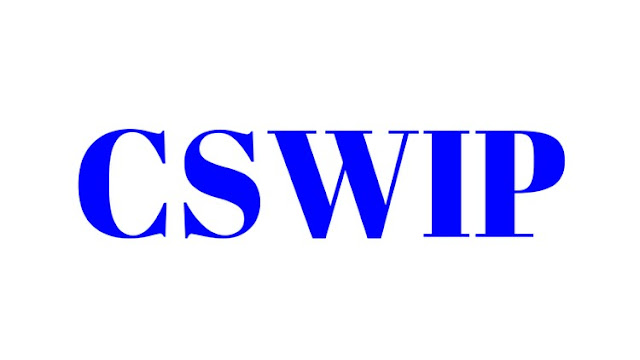(Các phần này đã thay đổi trong phần handout)
Q 1: A
Keywords “non-magnetic”, austenitic stainless steel, minimum of 10.5% chromium.
Q 2: A
See Section 3.7.2.
Q 3: D
See Section 6.1.
Q 4: D
Keywords “arc strike”, arc strike > quickly cooling > high hardness, local surface damages (crack).
See Section 3.7.1.
Q 5: B
Keyword “brittleness” > flat, rough surface.
Q 6: B
Keyword “fatigue” > beach marks, chevron markings.
Q 7: B
See Section 9.11.
Q 8: A
DC EN, see Section 12.2.2.
Q 9: C
Keyword “basic coated electrodes”.
See Section 16.3.
Q 10: A
Keyword “travel speed is doubled” > 2xtravel speed > reduced heat input = 50%.
See Section 10.3.
Q 11: B
Keyword “moisture pick-up”.
See Section 16.6.
Q 12: B
Keyword “large grain size in the HAZ, or growth grain size”.
Q 13: D
See Section 17.5.3
Q 14: A
Keyword “hydrogen cracking” > moisture contents.
See Section 17.3.3.
Q 15: B
Keyword “greatest”, see Section 19.4.1.
Q 16: D
Keyword “FCAW of stainless steel”, see Section 13.2.3.
Q 17: A
See Section 17.4.3.
Q 18: B
See Appendix 5.
Q 19: D
See Section 19.6.3.
Q 20: B
100% argon.
Q 21: B
SAW with high A/V and DCEP > depth penetration > D:W ratio > solidification cracking.
See Section 17.4.
Q 22: C
D<=0.3x10 = 3 mm, max. 4mm.
Q 23: A
See Section 22.5.
Q 24: D
Lamellar tearing occurs only after welding.
Lamination on rolling plate/shape will best detect by UT.
Q 25: C
See Section 17.3.3.
Q 26: D
See Figure 20.1
Q 27: B
Keyword “burn-off rate” > current > wire feed speed.
See Section 13.2.1.
Q 28: C
See Section 23.4 “for t>50 mm”.
Q 29: D
See Figure 17.6 and Section 17.4.
Q 30: C
Keyword “cyclic loading”.
Join design > less residual stress or reduce initial point > reduce service failure.
Q 31: B
Keyword “low carbon, stabilizer”.
See Section 17.6.1.
Q 32: D
Keyword “breaking down into fine particles”.
See Section 16.6.
Q 33: B
See Section 17.3.3 – “susceptible HAZ microstructure”.
Q 34: C
h <= 1+0.1x35 = 4.5 mm, max. .5 mm.
Q 35: C
Keyword “run-out length (ROL)”, see EN 1011-2.
Shorter ROL > decreased travel speed > increased heat input > low toughness.
See Section 10.3.
Q 36: A
See Table 6.1.
Q 37: C
Some project not allowed shape V notch die stamped due to create an initial point or reduce material thickness.
Best practice to use low-stress stamping, refer to Annex A.2.1.9 of NACE MR 0175 2015.
Q 38: D
Keyword “thin plate, distortion”, see Section 19.7.
Q 39: D
Keyword “high heat input”.
Q 40: A
Keyword “high frequency (HF)”, HF consists of high voltage sparks of several thousand volts which last for a few microseconds. Refer to TWI-Job Knowledge.
Q 41: B
See Section 9.9.1. Letter “s” first, after size “10”.
Q 42: C
See Section 8.
Q 43: D
See Section 5.2.3.
Q 44: D
See Section 7.3.
Q 45: B
See Section 17.3.3.
Q 46: B
See ISO 9606 and Section 6.3.4.
Q 47: C
Keywords “plasticized layer”.
Q 48: D
Contrast - relates to the degree of difference.
Definition - relates to the degree of sharpness.
Sensitivity - relates to the overall quality of the radiograph.
Read more in slide contents of Section 5.
Q 49: A
Keyword “stainless steel”. Oxygen stream max. 850 deg. C. Cutting stainless steel need high temperature at least 1050 deg. C and more.
See Section 15.2.
Q 50: C
Keywords “the most serious type of defect”.
